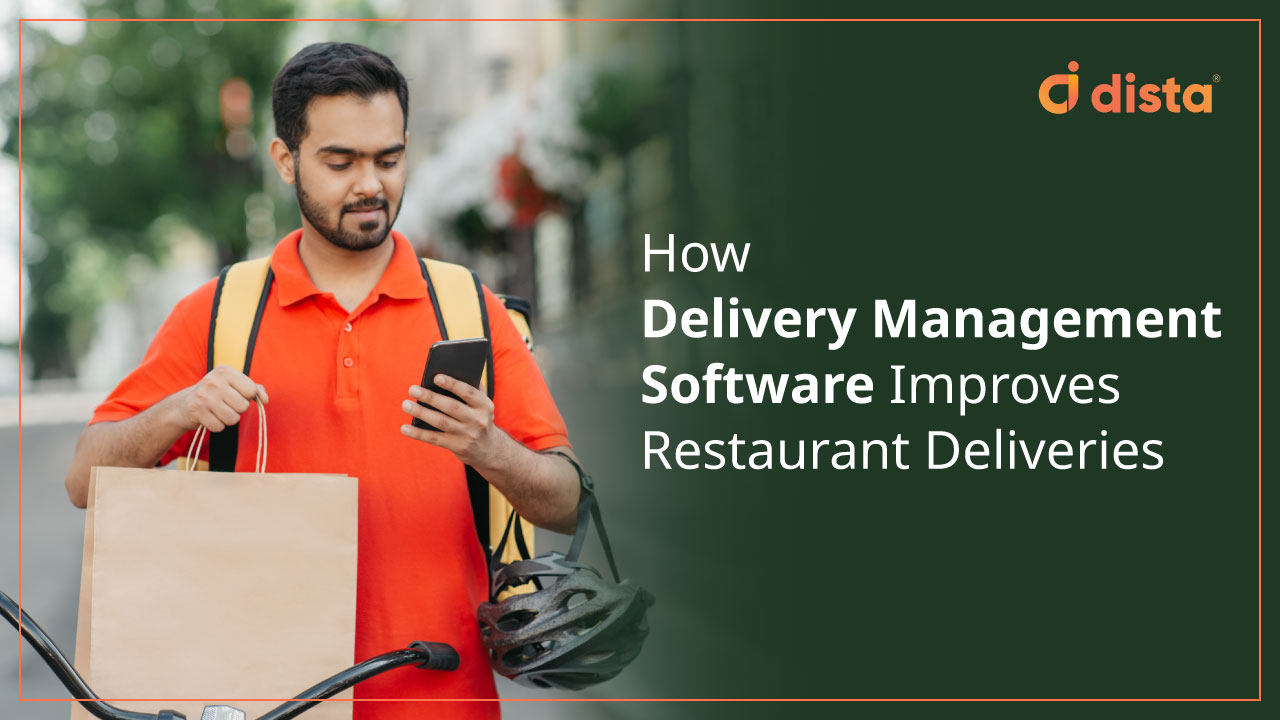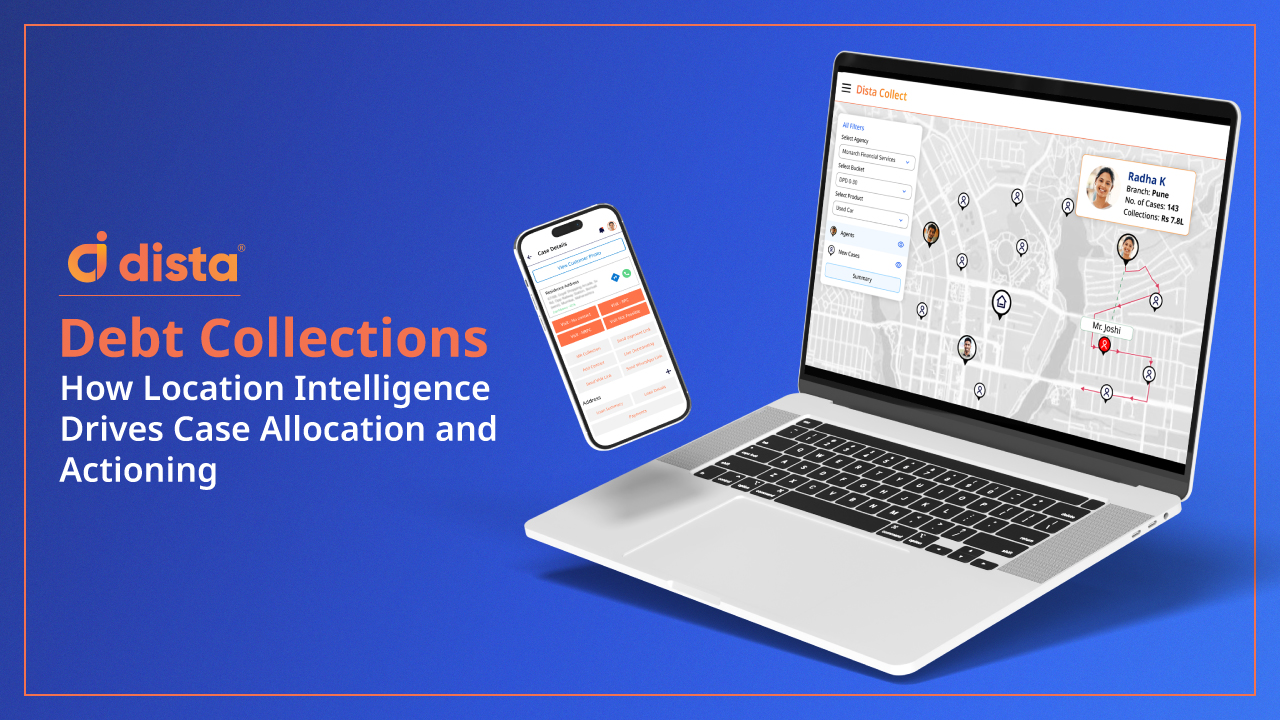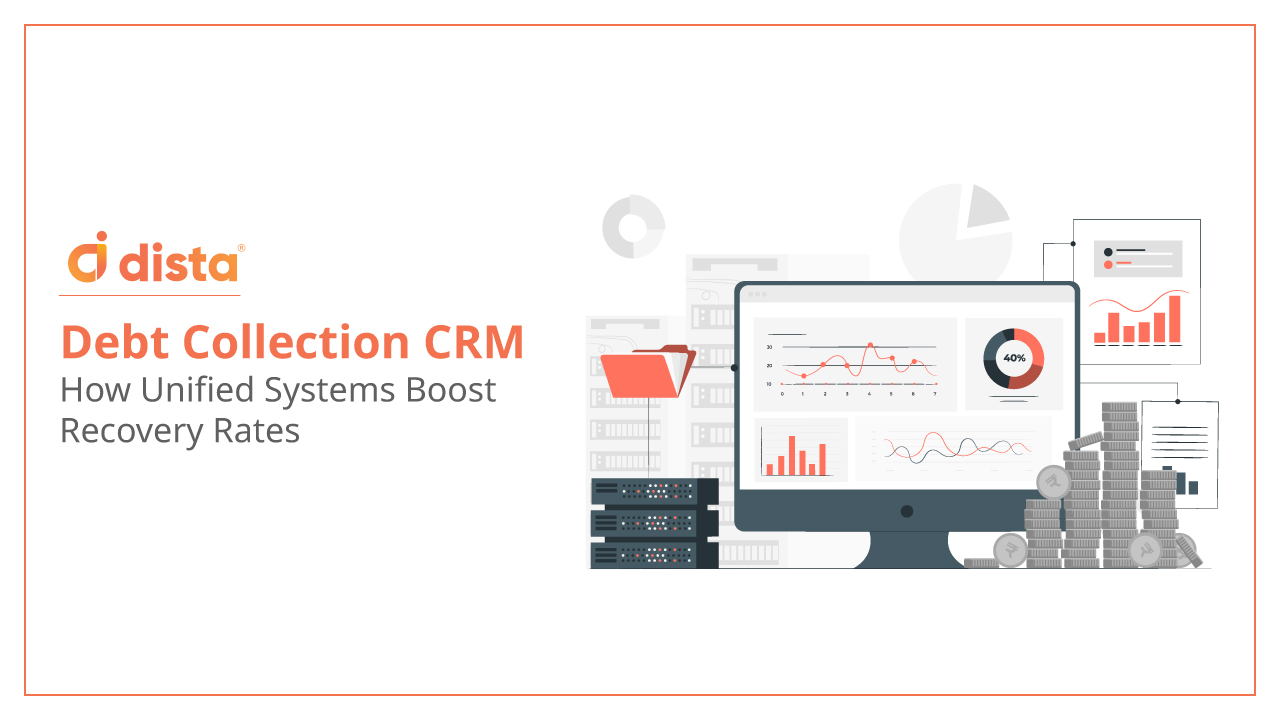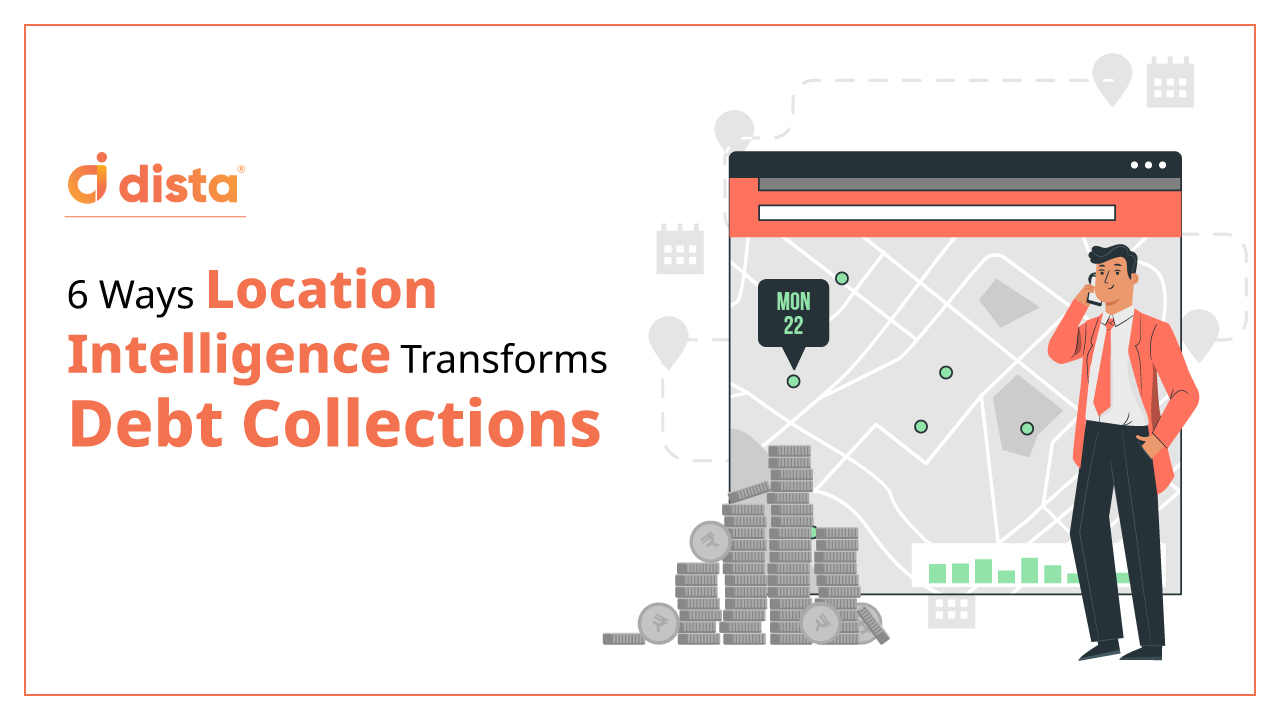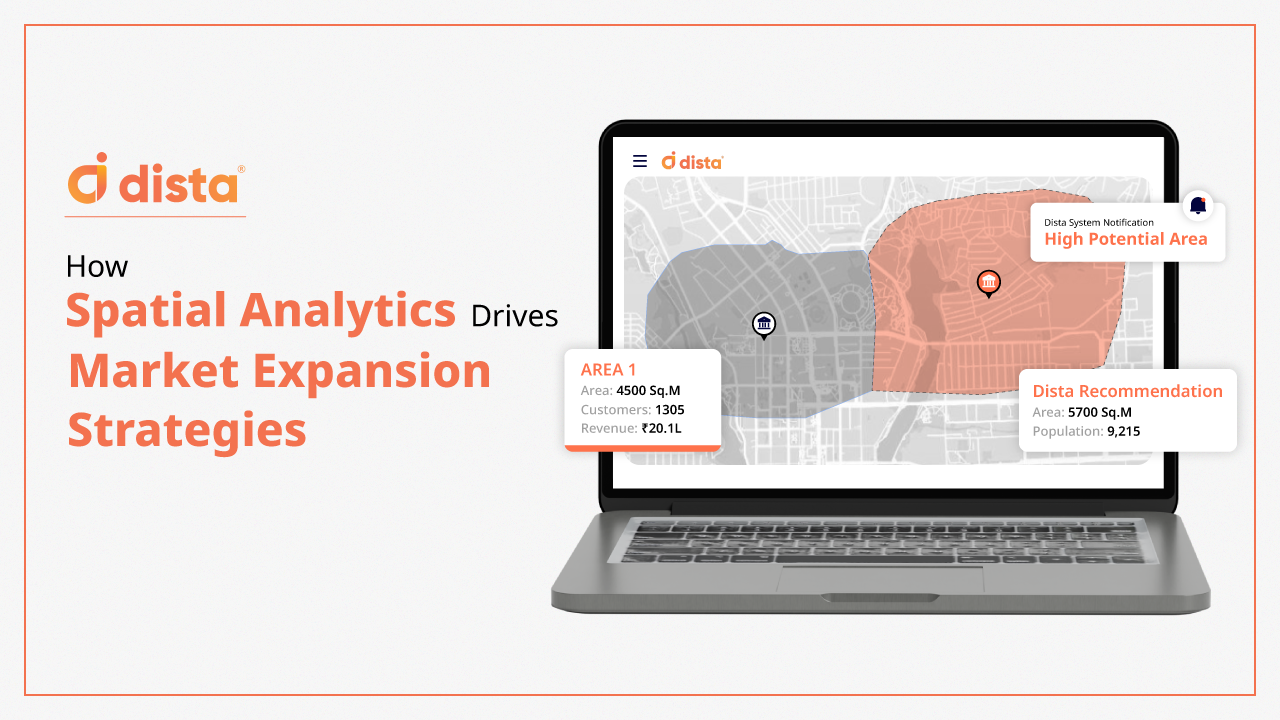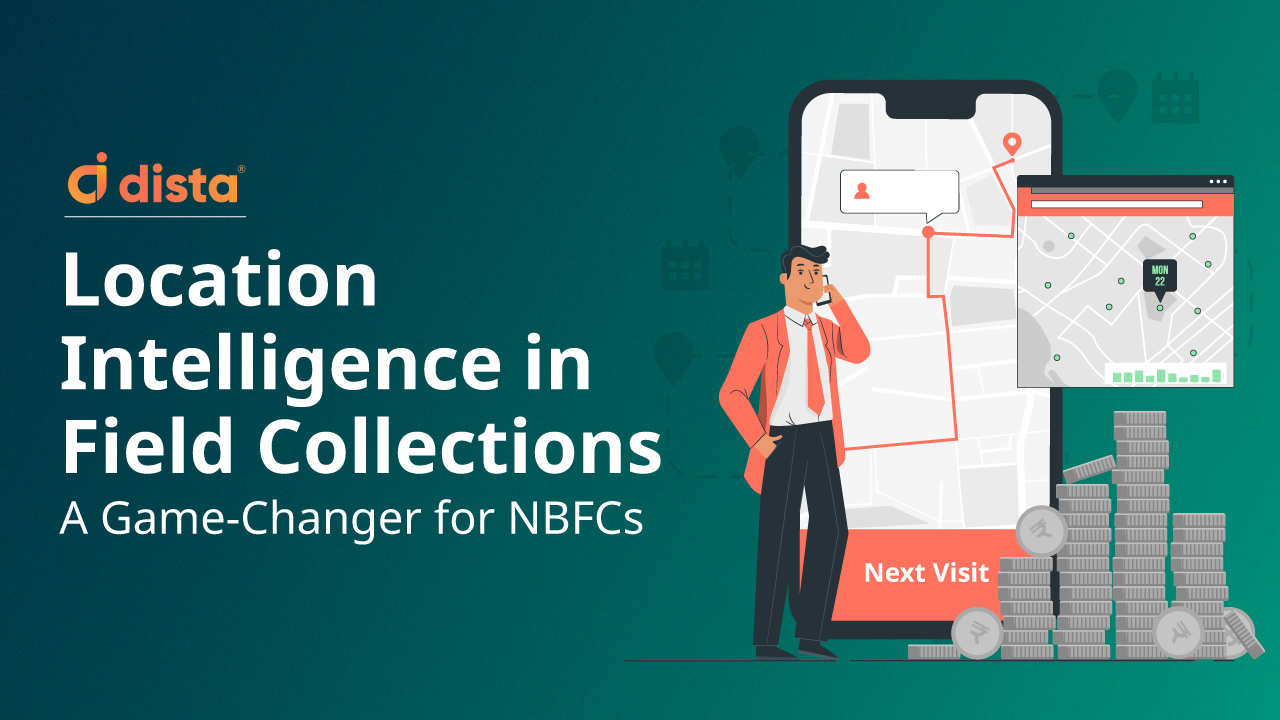Quick service restaurants (QSRs) are always looking for better ways to enhance their delivery experience and strengthen their new and returning customer base. They need clear visibility on their delivery operations team to measure its efficiency. Lack of real-time visibility on the delivery agents, manual job allocation, late deliveries, and increased delivery costs are the top challenges restaurants combat while streamlining their delivery process. By leveraging a robust last mile delivery software, restaurants can make on-time deliveries and expand their customer coverage area.
Benefits of Last Mile Delivery Management Solution for Restaurants
1) Real-time Tracking of Delivery Agents
The software offers real-time visibility on the delivery agents, which helps monitor their productivity. Managers can communicate with the agents in real-time and get live alerts about task updates. Restaurants can even improve their business by tracking missing and incorrect orders. A last mile delivery software also filters incomplete or wrong addresses, adds missing fields, and provides the right addresses with geocoding. This improves the volume of total deliveries and delivery time.
2) Advanced Analytics
Along with improving delivery operations, a last mile delivery platform also offers advanced analytics that helps restaurants take crucial business decisions. It provides them with in-depth data, including delivery staff availability, customer demographics, traffic conditions in the delivery areas, number of deliveries planned for other stores, and more. Restaurants can study these insights and plan their business expansion of opening new stores in locations with more potential.
3) Scaling Business
4) Customer Engagement
Final Thoughts
Last mile delivery platforms help quick service restaurants scale their business and optimize their delivery orchestration.
Dista, an AI-enabled location intelligence platform that offers business solutions like last mile delivery, logistics management, and more. Are you looking for any business solutions?

